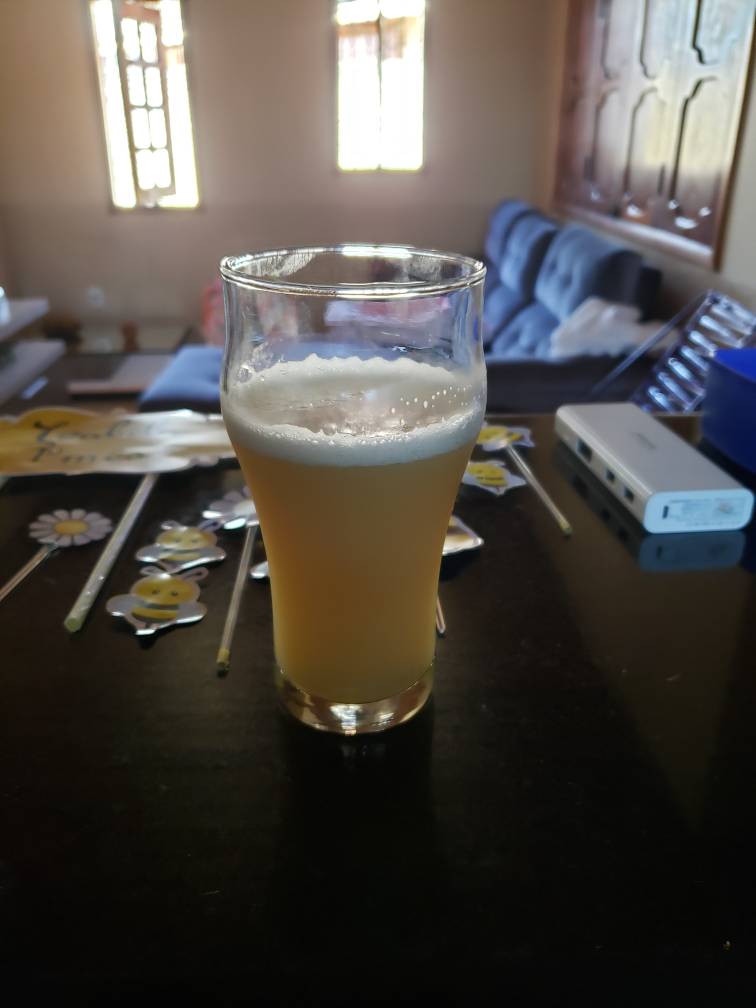mjjunior10
Well-Known Member
- Joined
- Feb 4, 2016
- Messages
- 45
- Reaction score
- 17
Kveik NEIPA
This is my first test batch with this amazing yeast.
I haven't made two comparative batch with english yeast yet, but hey its in five days it comes out a delicious NEIPA.
60% pils
12% munich malt
18% oat flocs
10% wheat malt
25 ibu Columbus 30 min
5 ibu Centennial 5 min
90 g IDaho7 Hopstand
Hothead Ale yeast
Dryhop1:
50g citra
30 g Centenniall
Keghop:
50g Simcoe
50g ekuanot
Thank you everyone.

This is my first test batch with this amazing yeast.
I haven't made two comparative batch with english yeast yet, but hey its in five days it comes out a delicious NEIPA.
60% pils
12% munich malt
18% oat flocs
10% wheat malt
25 ibu Columbus 30 min
5 ibu Centennial 5 min
90 g IDaho7 Hopstand
Hothead Ale yeast
Dryhop1:
50g citra
30 g Centenniall
Keghop:
50g Simcoe
50g ekuanot
Thank you everyone.














![Craft A Brew - Safale BE-256 Yeast - Fermentis - Belgian Ale Dry Yeast - For Belgian & Strong Ales - Ingredients for Home Brewing - Beer Making Supplies - [3 Pack]](https://m.media-amazon.com/images/I/51bcKEwQmWL._SL500_.jpg)













































